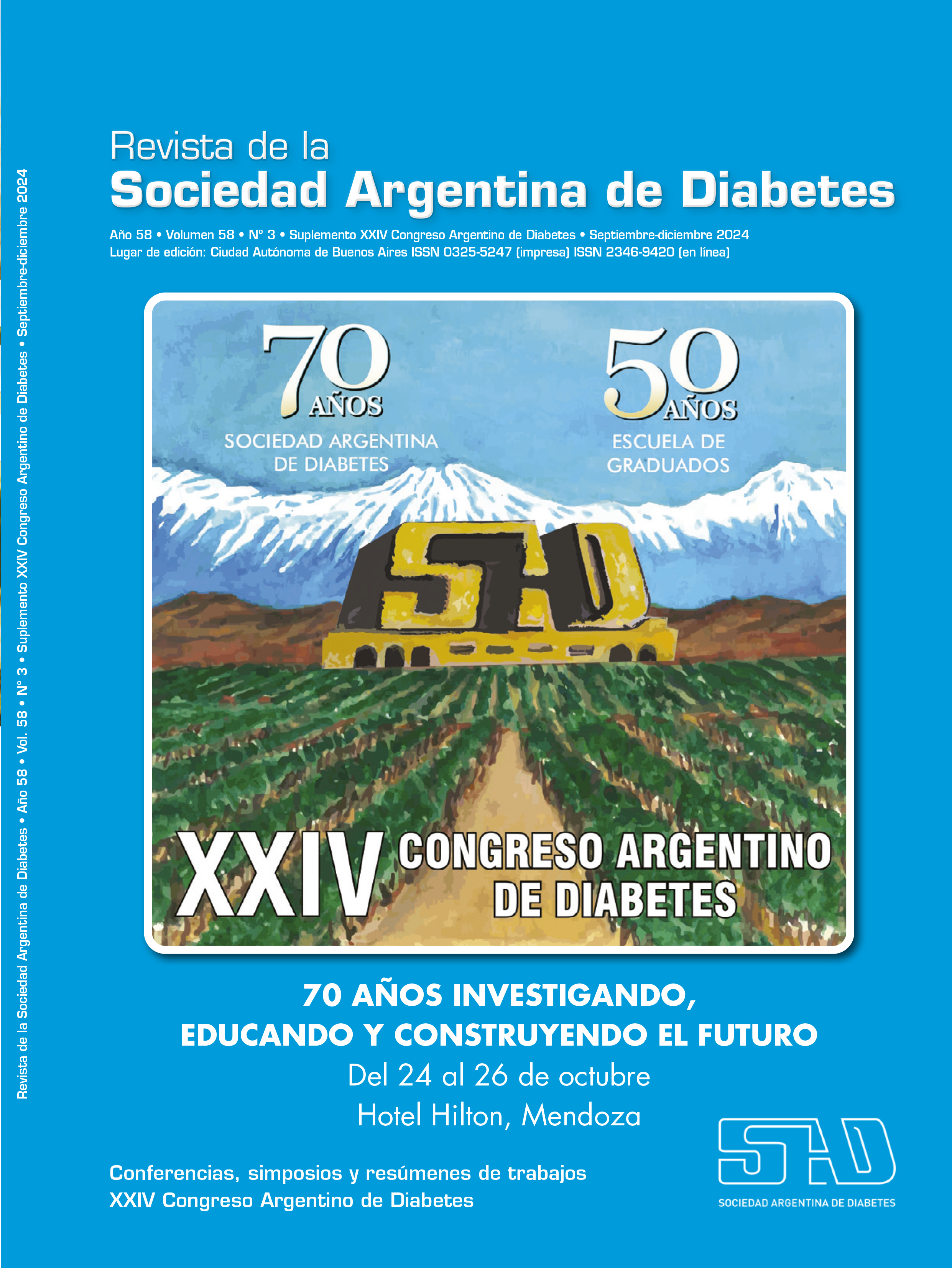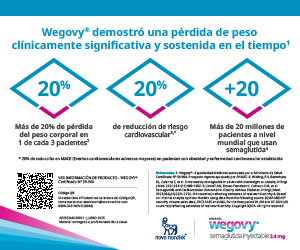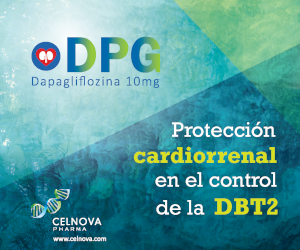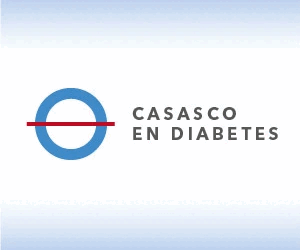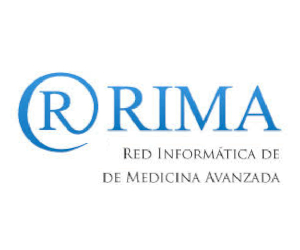Antipsychotics and statins. Atlantic Chapter
Keywords:
antipsychotics, diabetesAbstract
Antipsychotics are drugs used to treat psychiatric disorders, such as schizophrenia, bipolar disorder, and serious mental illnesses. They are classified as first (FGAs) and second-generation antipsychotics (SGAs). SGAs have high clinical efficacy and are associated with fewer extrapyramidal symptoms. However, they present greater metabolic adverse effects, such as weight gain, dyslipidemia, and the development of type 2 diabetes (T2DM).
It has been estimated that the lifespan of patients with severe mental illness is reduced by 10–20 years compared with the healthy population, with cardiovascular disease being the leading cause of death. The prevalence of diabetes is ~ 10% among people taking antipsychotics, which is 2–3-fold higher than the general population. This risk would be explained not only by weight gain, but also by impairing insulin signaling in insulin-sensitive tissues, interfering with glucose transport, glycogen synthesis, and gluconeogenesis and, consequently, inducing insulin resistance. Importantly, SGAs have a direct effect on β-cell function and insulin secretion. The contribution of different hormones, receptors and neuropeptides that can interfere with the centers of satiety, appetite and deregulation of glucose metabolism has been demonstrated. SGAs exert their action by engaging with a wide range of receptors, including dopamine, serotonin, histamine and muscarinic receptors.
There is a hierarchy of risk for the development of T2DM with different antipsychotics, which could be explained by the different patterns of receptors binding. The risk is also associated with higher doses of antipsychotics. When prescribing antipsychotics, it is necessary to perform a routine and proactive evaluation of cardiovascular risk factors and develop individual strategies to prevent weight gain and the development of DM. Clinical, anthropometric, and biochemical data should be obtained from the patient and reevaluated throughout follow-up. It is important to include lifestyle interventions to prevent weight gain or manage obesity. It is important to implement routine screening for diabetes to ensure prompt diagnosis and to provide effective diabetes care. Diabetes should be generally managed in people taking antipsychotics as for the general population. Given the high prevalence of obesity, the use of agents that cause weight loss may have some advantages. Multidisciplinary management of T2DM together with a psychiatrist and other professionals related to mental health services is needed.
References
I. Grajales D, et al. Second-generation antipsychotics and dysregulation of glucose metabolism: beyond weight gain. Cells. 2019;8(11):1336. doi: 10.3390/cells8111336.
II. Holt R, et al. Association between antipsychotic medication use and diabetes. Current Diabetes Reports 2019;19(10). doi:10.1007/s11892-019-1220-8.
III. Vallejos Narváez A, et al. Diabetes mellitus asociada al uso crónico de antipsicóticos atípicos. Rev Med Risaralda 202;26(2):148-153. doi:10.22517/25395203.24439
IV. Cooper S, et al. BAP guidelines on the management of weight gain, metabolic disturbances and cardiovascular risk associated with psychosis and antipsychotic drug treatment. J Psychopharmacology (Oxford, England) 2016;30(8):717-748. doi:10.1177/0269881116645254.
Downloads
Published
Issue
Section
License
Copyright (c) 2024 on behalf of the authors. Reproduction rights: Argentine Society of Diabetes

This work is licensed under a Creative Commons Attribution-NonCommercial-NoDerivatives 4.0 International License.
Dirección Nacional de Derecho de Autor, Exp. N° 5.333.129. Instituto Nacional de la Propiedad Industrial, Marca «Revista de la Sociedad Argentina de Diabetes - Asociación Civil» N° de concesión 2.605.405 y N° de disposición 1.404/13.
La Revista de la SAD está licenciada bajo Licencia Creative Commons Atribución – No Comercial – Sin Obra Derivada 4.0 Internacional.
Por otra parte, la Revista SAD permite que los autores mantengan los derechos de autor sin restricciones.



